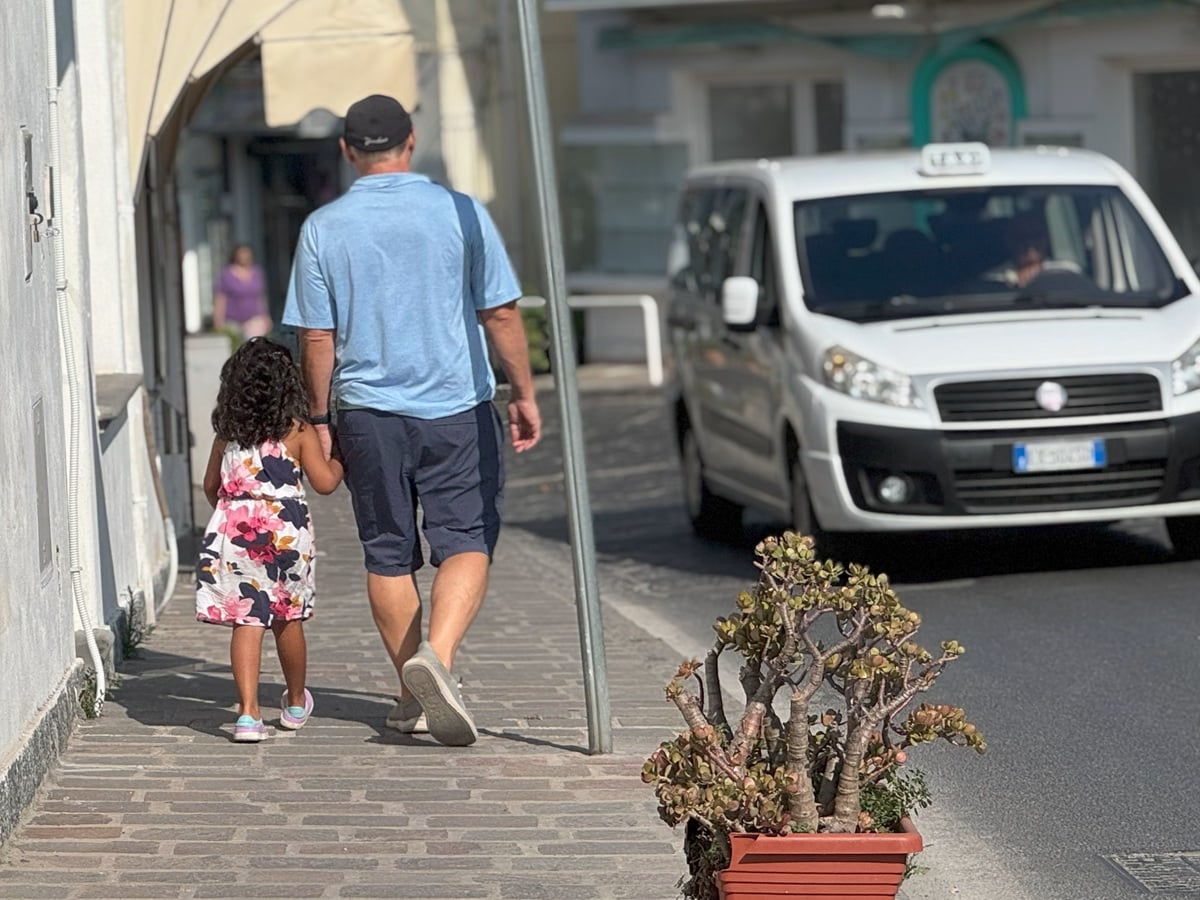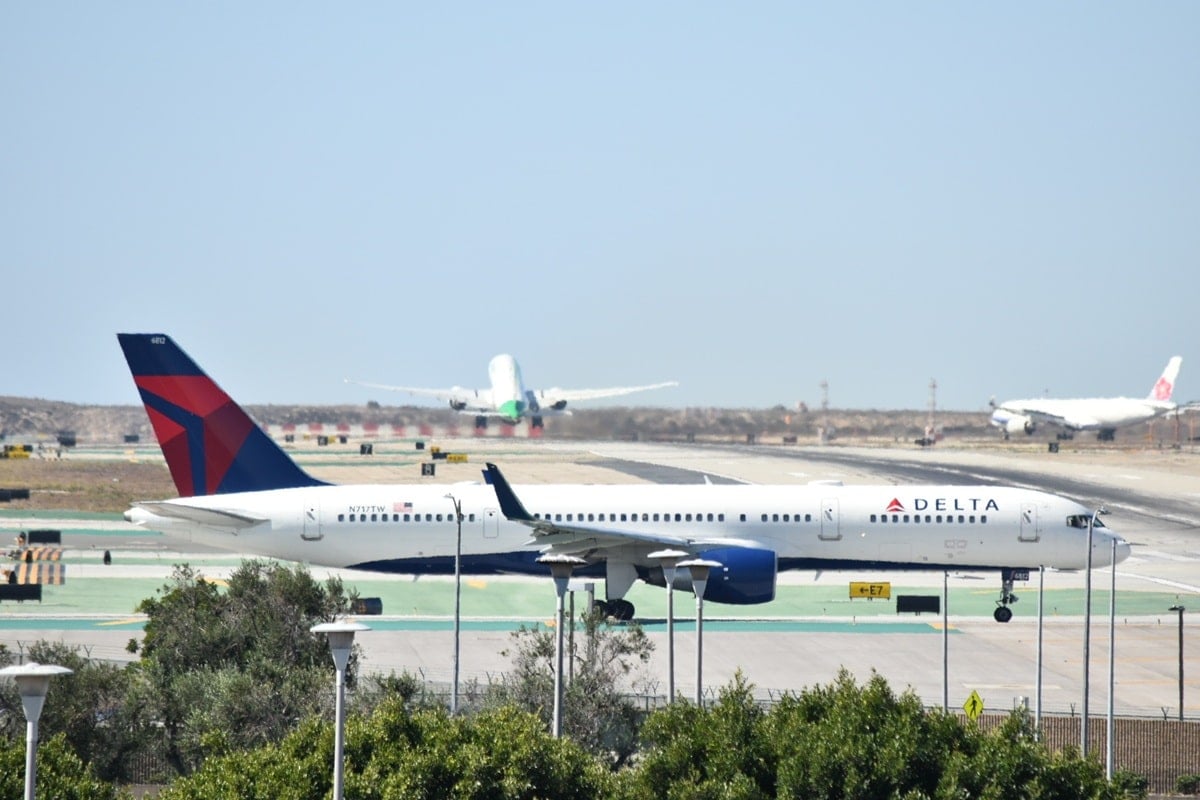Walking a city should be one of the easiest and safest ways to explore, but not every metro makes it pedestrian friendly. A new report from the footwear company KURU ranks the top 36 U.S. cities from safest to riskiest for people on foot in 2025. The rankings are based on WalkScore data and pedestrian fatality rates, giving travelers a clear look at which destinations support safe walking and which ones pose greater risks.
 Why Some Cities Rank Safer for Walking
Why Some Cities Rank Safer for Walking
Strong Transit and Infrastructure
Cities like New York, Boston, Philadelphia and Chicago landed on the safer side of the list thanks to reliable public transportation, plenty of crosswalks and signals and traffic calming street designs. With fewer people needing cars, there are naturally fewer conflicts between vehicles and pedestrians.
Walkability and Mixed Use Development
High Walk Scores often mean connected sidewalks, shorter distances between destinations, and vibrant mixed use neighborhoods. In these environments, walking is more convenient and more enjoyable.
Why Some Cities Are More Dangerous for Pedestrians
Car Centric Design
Metros such as Albuquerque, Las Vegas, Mesa and Fort Worth scored lower due to wide, high speed roads, urban sprawl, and limited walkability. These factors make daily life more car dependent and more hazardous for pedestrians.
Tourism and Traffic Volume
Heavy visitor traffic also plays a role. Las Vegas and Charlotte, for example, combine high traffic volume with limited pedestrian infrastructure, increasing the risk of accidents for people on foot.
A Personal Take
I had never even heard of KURU until my wife surprised me with a pair of their shoes for my birthday in May. I wore them all summer, loved them and ended up getting the exact same pair again. So while their report on pedestrian safety caught my eye for my love of travel and cities, I can also say their shoes have earned a spot on my feet.



